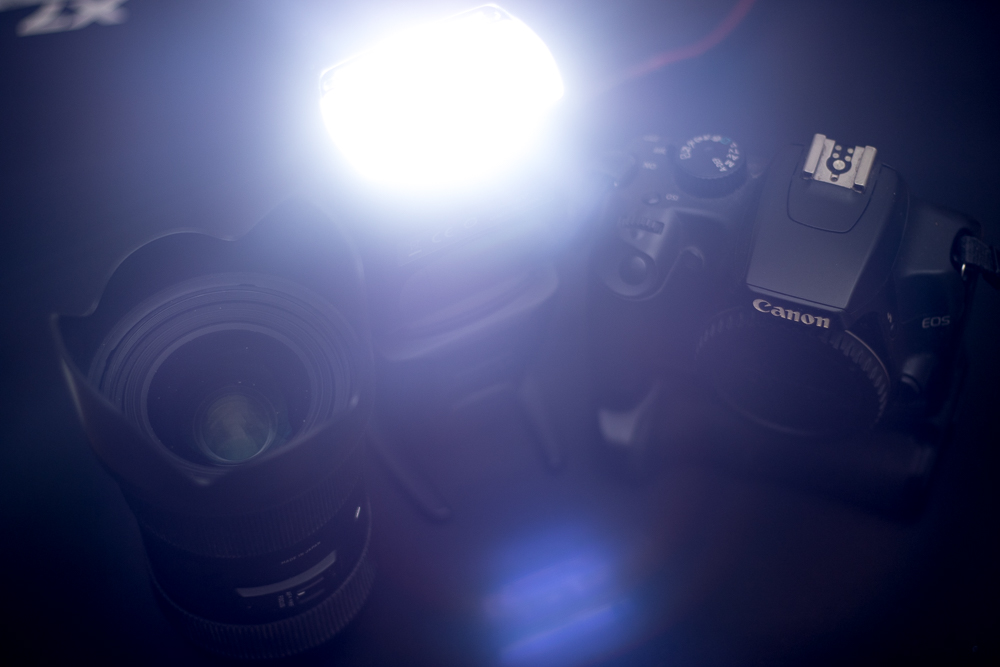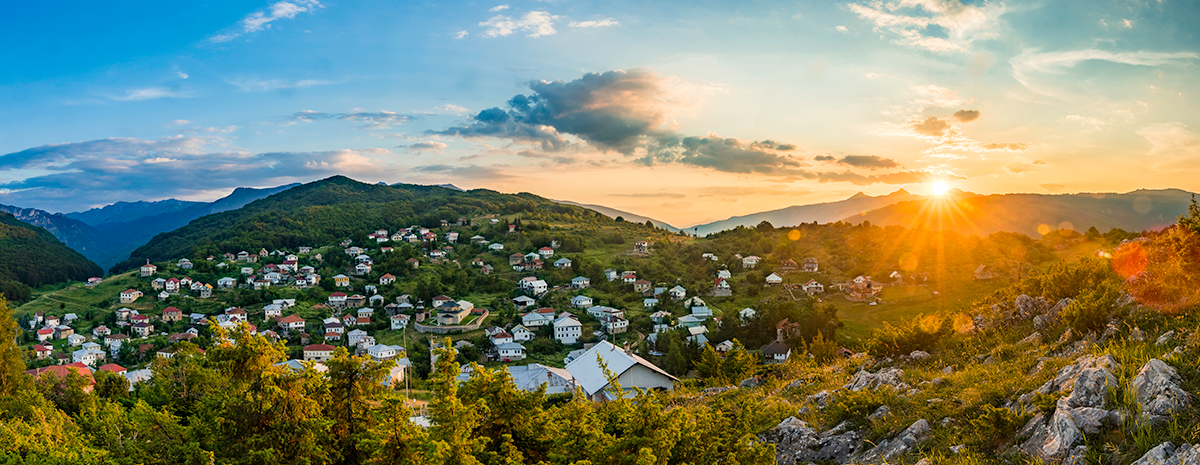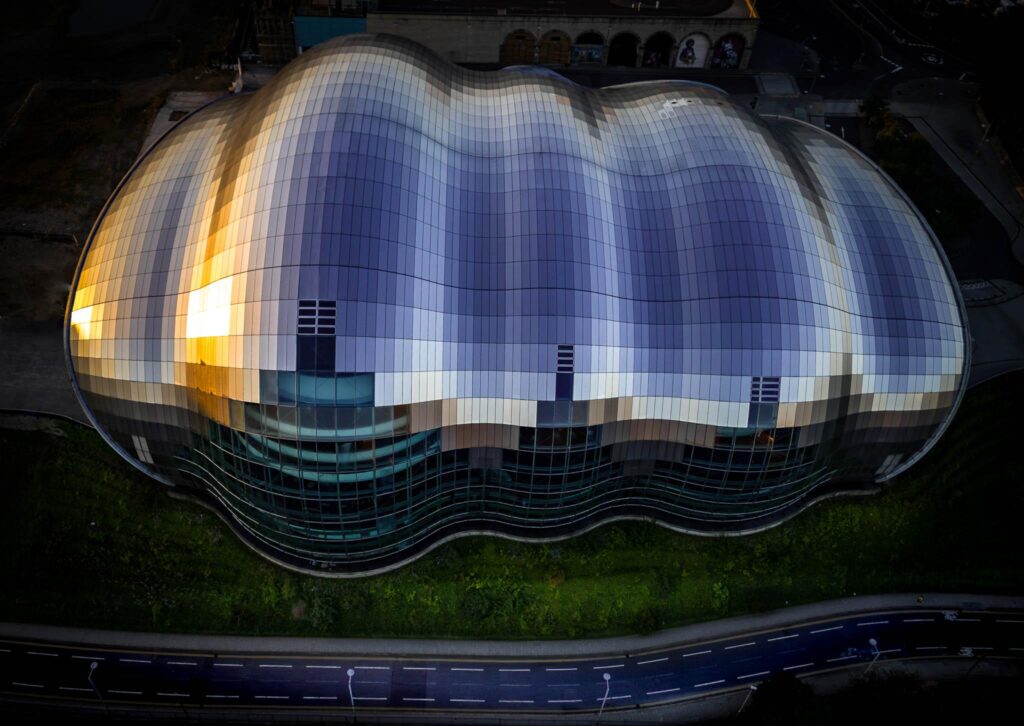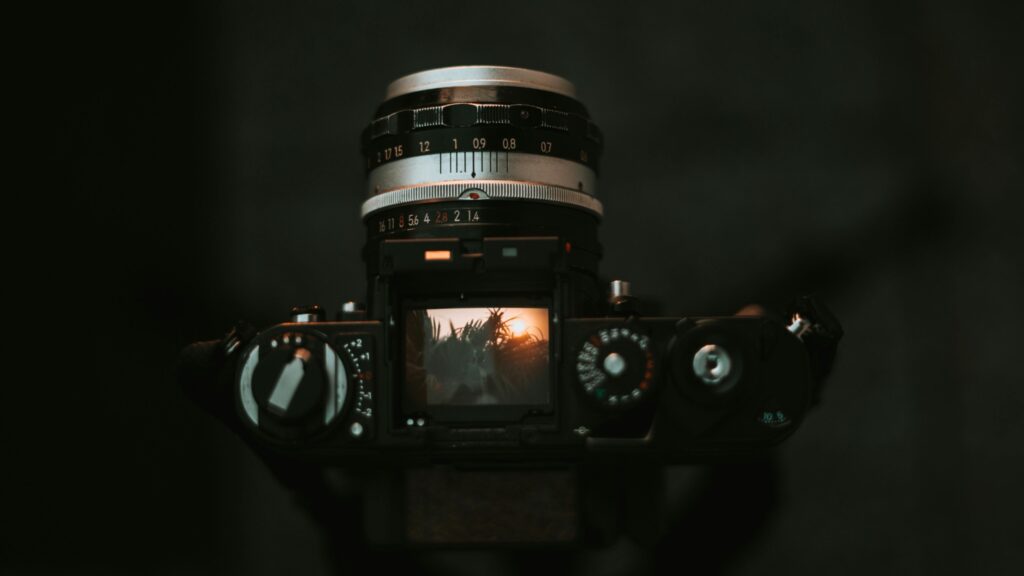
Oftentimes when working with agencies or other services (like Wikimedia for example) there are certain image quality standards that need to be met. Not having them sorted out properly can result in the image being rejected, and you're plainly, wasting your time. So, we're going to cover how to take better photos.
When photographing any photo, there are two things to consider:
- Technical correctness
- Artistic / Documentary value
The technical correctness of the image can be generally split into two subcategories, optical (basically sharpness and anything lens related) and technical (settings, light, and so forth). In this article, we will focus on the sharpness, while on the other one we will focus on technique.
How To Take Better Photos
Image Sharpness
The sharpness of a given image is determined by the focus accuracy, lens optical quality, shutter speed, quality of light and ISO. In order to take better photos, we can say that the image sharpness is dependent on optics and light.
Optics
The most important thing to be aware of in order to achieve an optically correct image is the focus accuracy. Don’t rely on autofocus when you have time to check the focus manually, in live view. No matter how sharp the lens is, if the focus is off, there is nothing you can do.
Another thing to consider is to use the sharpest f/stop of the lens, often referred as the “sweet spot”, when possible. The exact f/stop differs between lens and lens formulas, so you should either test or research the “sweet spot” for every lens you own.
Usually, it falls somewhere between f/4 and f/11. The “sweet spot” of the lens makes for least vignetting, the least diffraction, and the least chromatic aberration and fringing, thus achieving the best image quality that the lens can produce.

At the end of the day, to take better photos, the inherent sharpness of the lens plays a very large role. Therefore, when purchasing lenses make sure you are getting the best one for the money.
If the lens itself isn’t sharp enough by your own (or your agency’s) standards, don’t waste your money on it. Better save up and get a better one. There is no fixing in post on that one. Sorry.
If you're looking to significantly improve as a photographer, it's about is more than your knowledge of optics (I'm sure you don't need that explaining to you) but to understand the crucial elements of light, check this course guide out here “Fantastic Fundamental Light Skills”.
Other Issues
So, chromatic aberration and fringing occurs due to light passing through a series of lens elements with different speeds (depending on the wavelength and material) so it gets split by wavelength, which causes chromatic aberration to occur.
Think of this as Newton’s prism experiment, or also known as the album cover art for “The Dark Side of the Moon” by Pink Floyd.
White light enters the prism, rainbows come out.
Anyway, some lenses correct aberration better than others, therefore the amount is completely dependent on the build quality and optic formula of the lens. Luckily, most of the aberration can be removed in post process (though it can hurt the sharpness a tad if it is too much).
Flare, Haze, Dust, Fungus
Some lenses suffer from intense lens flaring. This phenomena occurs when light hits the lens directly, and bounces inside of the lens housing and elements, thus creating flare.
This poses a big problem due to the fact that it ruins the contrast of the lens, and there are artifacts (usually circles or other shapes of reflections appearing on the photo).
To avoid this, either get a better lens that has better control of lens flare (note that it can’t be completely avoided, but it can be controlled to acceptable levels) or avoid shooting directly into strong light sources (such as the sun).

Haze is a naturally occurring phenomena. This is where the air isn’t clean due to mist, pollen, dust, pollution, and other particles. It ruins the clarity of the image, especially in the furthest parts of the scene.
Since haze can be lit up itself, it can be used creatively, but stray light sources can ruin the image even more. There isn’t much you can do about this, except framing the shot differently to avoid the distance, or make the haze work to your advantage.
The best solution is to shoot after it rains. Rain will get rid of all those nasty particles.
Dust on the lens manifests as bokeh where there shouldn’t be any, and you can either use it to your advantage or just clean the lens and be done with it. It is really a quick fix, but it can hurt your image if you aren’t careful.
On the other hand, fungus on the lens manifests as softening on the edges of the frame, or in extreme cases as dark spots on it. Fungus is usually visible upon inspection, and if there's too much it can ruin the lens for good.
To fix this, sadly, the lens needs to be serviced, since the elements themselves need to be removed, cleaned, and then put back together.

Summary
Having a 100% technically correct image isn’t necessary most of the time. Having some flaws here and there isn’t critical for general usage. But there are scenarios where this is imperative, and it doesn’t hurt to know how to achieve it.
Stock photography sites usually offer a good example. As an added bonus, when you practice technical correctness enough, you will inevitably take better photos and so it becomes a habit, thus you don’t have to worry about achieving it afterwards since you do it by default.
Improving as a photographer is more than your knowledge about optics (I'm sure you don't need that explaining to you) but to understand the crucial elements of light, check this course guide out here “Fantastic Fundamental Light Skills”.
The fast and easy way to develop a fundamental understanding of light…
Further Resources
- 5 Simple Ways To Use Lens Flare by Federico Alegria
- Photography: Human Vision vs. Camera by Dzvonko Petrovski
- What Every Photographer Needs to Know About Lens Choices by Sheen Watkins




